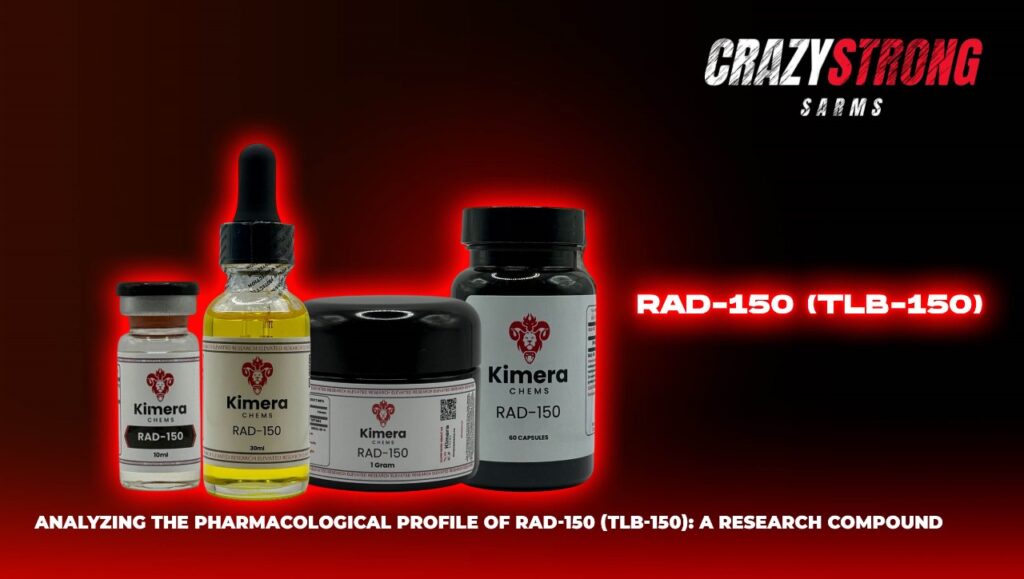Scientific studies rely on the study of new compounds. Among such compounds, one of them is RAD-150 (TLB-150). It is a type of selective androgen receptor modulator, or popularly known as SARMs. These drugs are meant to specifically attach to the androgen receptors.
Due to this selectivity, it has drawn a relevant preclinical interest. We will describe RAD-150 (TLB-150), its functionality, and what researchers are discovering regarding it.
Understanding RAD-150 (TLB-150)
RAD-150 is non-steroidal compound. It is administered in the research models and is highly absorbent.
Its principal activity is the binding to androgen receptors. These receptors occur in body tissues like muscle, bone and the central nervous system. The compound has been highly selective. This implies that it has a high effect on muscle and bone and a low effect on other tissues, such as the prostate.
Its stability is another area of concern. RAD-150 (TLB-150) has a structure that resists quick breakdown. This would render it applicable in research models that would take longer and fewer doses to be active.
Mechanism of Action
The activity of RAD-150 (TLB-150) begins when it binds to androgen receptors. The binding of this receptor leads to the activation of gene transcription.
The receptor stimulates and augments the production of proteins, which causes the growth of cells. The selectivity of the action allows researchers to make comparisons of the effects of the action on different tissues. This assists in isolating its benefits as compared to the unwanted effects experienced with other broad androgen agonists.
Research Applications
The majority of studies regarding the use of RAD-150 (TLB-150) are preclinical. It is under test in models of the following:
- Sarcopenia: Losing muscle mass in old age
- Osteoporosis: Bone fragmentation.
- Neuroprotection: Nerve cells are safeguarded since the receptors of androgen exist in the brain
Research Connections to Hair Biology
Androgens influence the role of hair. Hairs are highly sensitive to hormonal activity. Since RAD-150 (TLB-150) is an agonist of the androgen receptors, it presents a good direction for hair studies. One of them is hair transplant.
Follicles require rapid blood flow to survive after transplantation. Anabolic substances could also respond to this process by promoting angiogenesis or the formation of new blood vessels. A study may be conducted to determine whether RAD-150 (TLB-150) enhances the capillary density of the grafts.
Hormones also regulate the process of hair growth. Androgens reduce the growth stage in people and cause hair thinning. Researchers can examine whether RAD-150 (TLB-150) possesses a distinctive action on follicle cycles. This is an inquiry of value due to its tissue selectivity.
Research Standards and Ethics
RAD-150 (TLB-150) is an experimental compound that is not to be used in any setting other than the laboratory environment. Any research should be conducted ethically and according to the underlying requirements.
There exists limited current data that could be considered preclinical. That is to say that no conclusions can be drawn regarding safety or effectiveness. Conscientious research provides credible findings and safeguards the sanctity of science.
Conclusion
In conclusion, RAD-150 (TLB-150) is a SARM possessing a distinct pharmacological profile. Its high activity in muscle and bone and low activity in other tissues makes it concerning. Existing literature examines its applications in muscle development, bone obliteration and neuro-protection.
Although there is still much work to do, RAD-150 (TLB-150) is an example that the new drug can be discovered through the investigation of the compounds. Careful and ethical study could assist in broadening scientific knowledge in different areas.

